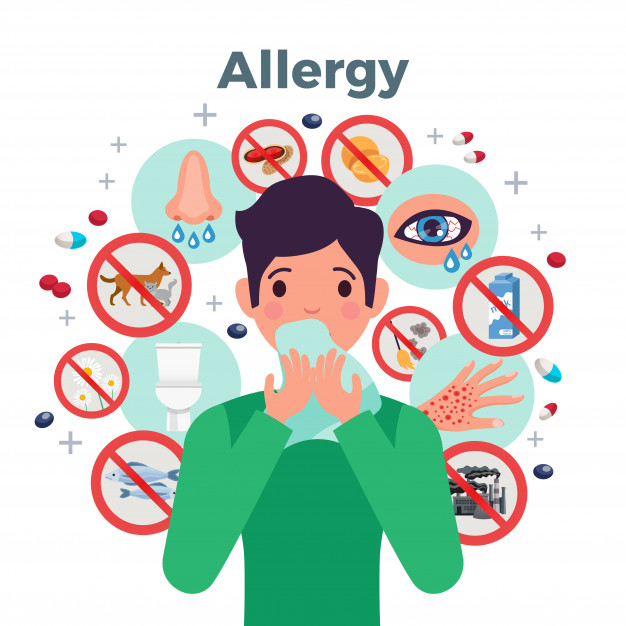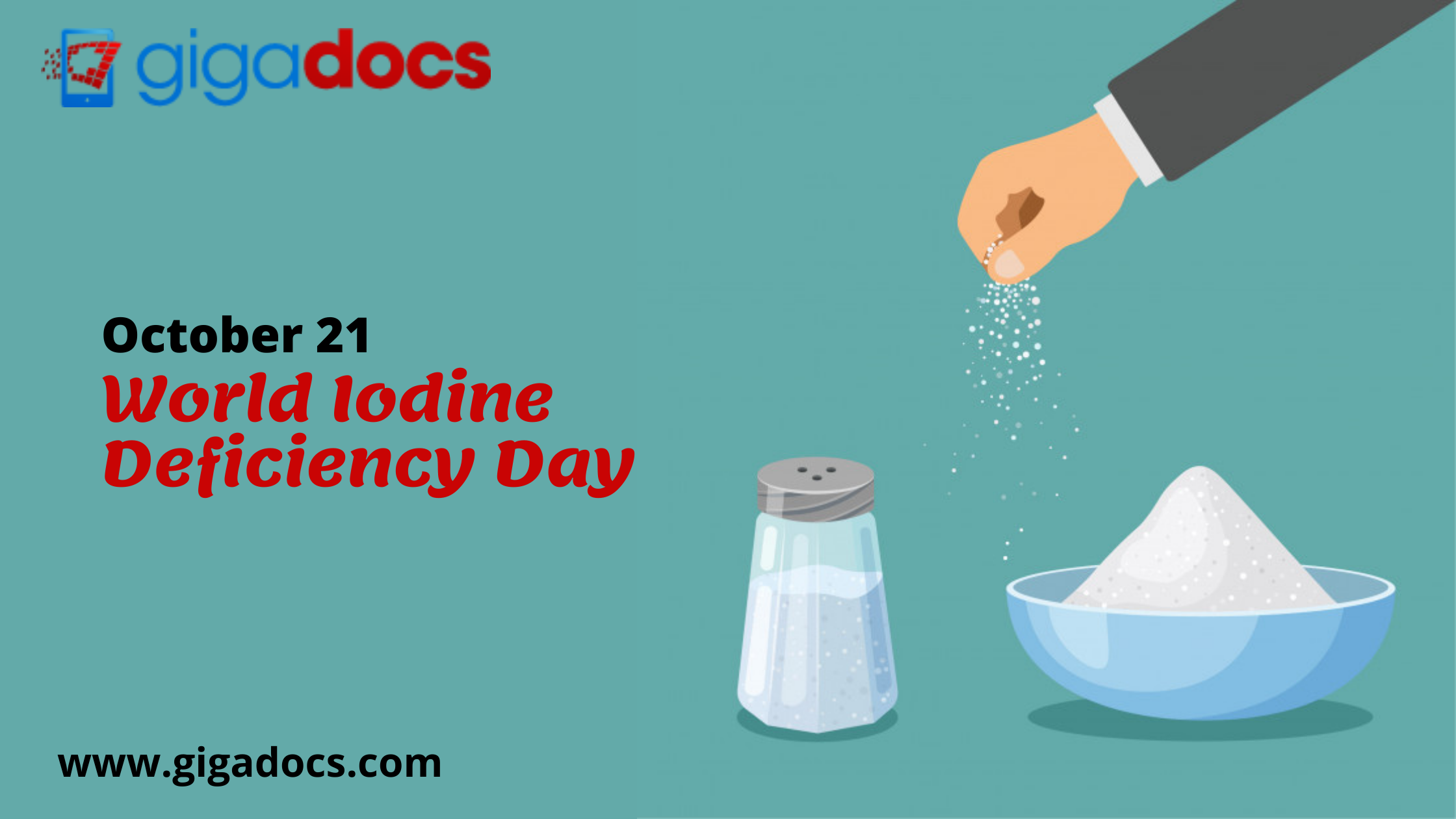The rains bring a spate of allergy to them. It is quite common to see black spots on the walls, cupboards, and shower curtains. Not to forget the fuzzy white patches on the corners of the house or the slick orange film that you see on the drain edges. Mold in the house, mold on walls cannot be ignored, often it can make you sick, especially if you have a respiratory infection like asthma or allergy.
The ill-looking mold accumulates on the damp and poorly ventilated buildings, and exposure to these harmful agents this rainy season can have adverse effects on our health. After all, lockdown and Covid-19 have made us all spend our time at home, and mold in the house can add to the woes.
Mold in House: The Highest Risk Group
The World Health Organisation (WHO) states that a significant proportion of 300 million cases of childhood asthma are caused as a result of indoor dampness and Molds. Besides, people especially the elderly who live in damp, mold-infested homes are more likely to be depressed and suspectable to respiratory symptoms and asthmatic conditions.
Here is the highest risk group for infectivity arising out of Molds-
- Elderly
- Infants and children
- People with compromised immune systems
- People with chronic respiratory diseases
Mold Growth
Ever wondered why Molds are the most commonly found in edges of walls, floors, curtains, furniture, and behind the wallpapers? The simple reason being that these moisture-laden surfaces provide the essential food which the Molds need to grow which is why you will see the Molds flourish in the damp places like basements, kitchen, and the bathrooms.
Based upon the level of toxicity, Mold can be-
| S no | Mold Name | Characteristic | Color of the Mold | Common growth areas | Harm and Diseases |
| 1 | Cladosporium | May grow in warm and cold conditions | Brown colored or olive-green mold with a suede-like texture | Often found thriving in fabrics, carpets, and upholsteries | Allergic reactions in eyes, nose, and throat. Can cause a skin rash, asthma, sinusitis, and lung infections |
| 2 | Fusarium | Can quickly spread from one room to room | Often pink, white, or reddish in color. Naturally grows on food products | Grows in homes that have water damage. Found in wallpaper, other fabrics, carpeting, materials | Causes skin infections, allergic reaction symptoms. Sore throat, itchy eyes, dermatitis. running nose and sneezing Prolong exposure may lead to a brain abscess or bone infections |
| 3 | Acremonium | Toxic mold- may lead to health conditions. | Pink, grey, orange, or white in color | Grows in the drain pan, window sealants, and cooling coils | Disease in the bone marrow, immune systems, impairs brain function |
| 4 | Chaetomium | Present in the damp or leaking roof, basements. Common across sinks and recognizable by its musty odor. | Over time changes colors from white to grey to brown to black | Can grow in your basement or leaky pipes | Skin and nail infections. Chaetomium is particularly harmful to those people who have comorbidities |
| 5 | Ulocladium | Thrives in damp environment and water. Easily confused with other types of mold. | Usually black | Found in homes and buildings that have water damage. Common in kitchens, bathrooms, and basements. | Those who have pre-existing allergies or immune disorders can experience severe reactions such as hay fever |
| 6 | Alternaria | The most common form of allergenic mold | Common mold species that occur due to water damage to a home or building | Typically grows in damp areas like bathtubs, beneath the leaking sinks and showers | Causes asthma-like symptoms in the upper respiratory tract, nose, and mouth |
| 7 | Aspergillus | Flask-shaped spores forming thick layers or mold walls | There are over 185 species of aspergillus mold across the world | Can be very toxic depending on the environment and species | Asthma attacks, lung infections, and respiratory inflammation |
| 8 | Trichoderma | Contains an enzyme which can destroy textiles, wood, and paper products | White in color with green patches | Grows within wallpaper, carpet, and other damp fabrics. Thrives in moist areas, air conditioning filters, and HVAC system ducts | Linked to pulmonary and hepatic (liver) infections |
| 9 | Mucor | Grows quickly in thick patches. | White or greyish in color | Commonly grows near air conditioning and HVAC systems. Old, damp carpets can grow mucor spores | Causes a range of health problems like asthma. It can also worsen existing asthma conditions, infects the eyes, and nose. It can eventually become systemic in the blood, digestion, or renal systems |
| 10 | Penicillin | Airborne penicillin spores travel throughout the home, inhaled by occupants, including pets and children can be life fatal | Penicillin is velvety in texture and is found in green or blue color | Commonly found in water-damaged homes. Look out for Penicillin in wallpapers, mattresses, and carpets | Can cause pulmonary inflammation and asthma. Long term Penicillin exposure can result in chronic sinusitis. Immunosuppressant people must not be exposed to the mold as it can worsen their health |
| 11 | Stachybotrys | Commonly known as “black mold”. It’s very common and linked to pulmonary bleeding in infants and neurological problems in children | Dark greenish or black in color and has a slimy texture | Thrives in damp, wet areas with high humidity levels | Long term exposure may lead to breathing difficulties, sinusitis, fatigue, and even depression. Stachybotrys can also cause chest tightening, nose bleeds, fever, painful headaches, and persistent cough |
| 12 | Aureobasidium | Can cause eye infections, skin, and nails | Develops in pink, brown, or black color and can turn to darker brown color over time | Found growing behind wallpaper and painted or wooden surfaces | Causes dermatitis (skin rash), and should never be touched directly with bare skin |
Mold-Related Infections
Those with compromised immune systems or pre-existing respiratory issues including Chronic Obstructive Pulmonary Disorder (COPD) are most dangerous to face a Mold’s health hazards. Mold exposure can cause-
- Respiratory conditions in otherwise healthy people which includes symptoms such as coughing and wheezing, shortness of breath and upper respiratory tract problems. Molds are particularly concerning for healthy children who may develop respiratory illnesses or asthma. For those who are asthmatic, Mold exposure can intensify symptoms and increase the frequency of asthma attacks.
- Certain types of Mold produce mycotoxins which is a toxic mold by-product and can be absorbed by our skin, airways, and intestinal lining. Prolonged exposure to mycotoxins can lead to-
- Neurotoxicity (toxic nervous system)
- Liver and kidney conditions
- Digestive and heart conditions
- Pregnancy conditions
- Pulmonary bleeding
- Immune and blood disorders
- Pulmonary fibrosis (scarring in the lungs)
- Cancer
- The athlete’s foot is an extremely common skin infection caused by a fungal Molds. These Molds invade broken skin to further complicate an already existing skin infection. Molds can cause nails discoloring leading them to grow think and fall off entirely. Mold nail infections are very difficult to treat and medications must be administered for long courses.
- An allergy to Molds causes dyshidrotic eczema, which is characterized by small itchy blisters on the palms of the hands. Some people may have blisters on the feet, or on both hands and feet. Molds may cause drying skin that causes cracks and painful bleeding in extreme cases.
Contact Gigadocs for Digital Appointments
We often suffer from skin infections, that include cracks and dry skin patches. We may ignore them as a seasonal occurrence which may lead to more serious complications later. Molds are a very common occurrence at homes, which otherwise does not garner too much attention. As discussed, these Molds may cause depression, respiratory infections and allergy reactions especially among pregnant women, immunosuppressant people, children and the elderly.
With the Gigadocs practice management app you can book a digital consultation for skin rashes and the more chronic diseases, from the privacy of your home which can be helpful to fight the Coronavirus infectivity. Digital consultation ensures that you consult the best doctors for Asthma, Cancer, Cardiovascular diseases, diabetes, kidney ailments, and pregnancy care.
Gigadocs is available to download from the play store and the app store.
To download the Gigadocs app-
- IOS App – apple.co/2W2iG4V
- Android App – bit.ly/33AQoRC
To know more e-mail, at info@gigadocs.com




